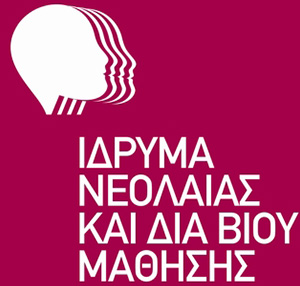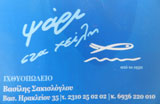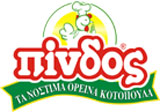The day I arrived at Drasi, I was amazed by the number of storks I saw. We have many in the outside cages, but also daily visitors who, to be honest, only come back for the food. But what I saw was also a black stork. I didn’t even know this species ! And it is very different from its close cousin. Let me explain.
This species has a black plumage with white underparts, and a red circle around the eye. In the sun, you can see green, purple and yellow reflexions on its feathers. The males are identical to females, except for the size (they are bigger). This long-distance migrant crosses Europe to reach India or Africa. If its area of distribution goes from Spain to China, and even Africa, it is nowhere abundant. It is a quite uncommon species.
Unlike the white stork, they are really shy, wary and solitary. You can only see them alone or in pairs. During migrations, they travel in groups of less than 100 individuals. The one we have at Drasi is missing a part of the wing. Which means that she won’t be able to fly ever again. But because she has such a special behavior, she lives alone in an outside cage. If we one day receive another black stork, the one we have now will help its release by showing it how to feed itself and more.
[for French and Greek language press More]
La cigogne noire
Le jour où je suis arrivée à Drasi, j’ai été impressionnée par le nombre de cigognes. Il y en a beaucoup dans les cages extérieures, mais d’autres viennent chaque jour pour profiter de la nourriture. Mais c’est aussi là que j’ai découvert la cigogne noire. Je ne savais même pas qu’une telle espèce existait ! Et elle est très différente de sa cousine blanche. Laissez-moi vous expliquer.
Cette espèce a le plumage noir sur le dessus, et blanc sous le corps, avec du rouge autour des yeux. Au soleil, on peut voir des reflets verts, violets et jaunes sur son plumage. Les mâles sont identiques aux femelles, sauf en taille (ils sont plus grands). Ce grand migrateur traverse l’Europe pour atteindre l’Inde ou encore l’Afrique. Son aire de répartition s’étend de l’Espagne à la Chine en passant par l’Afrique. Mais elle n’est pas très abondante. Contrairement à la cigogne blanche, elle est très timide, méfiante et solitaire. Elle est souvent seule ou en couple. Lors des grandes migrations, elle ne voyage que par groupe de 100 individus ou moins.
La cigogne noire que nous avons à Drasi ne pourra plus jamais voler, car il lui manque une partie de l’aile. Mais de part son caractère si particulier, elle est seule dans une cage extérieure. Si un jour nous recevions une autre cigogne noire, elle pourrait aider à sa libération en lui montrant comment manger, chasser etc.
Ο Μαυροπελαργός
Από την πρώτη μέρα που ήρθα στη Δράση, με εντυπωσίασε ο αριθμός των πελαργών που αντίκρυσα. Πολλοί βρίσκονταν στους εξωτερικούς κλωβούς, ενώ άλλοι έρχονταν μόνο για να φάνε. Ένας όμως ήταν διαφορετικός, ήταν ένας μαύρος πελαργός!
Οι μαυροπελαργοί διασχίζουν την Ευρώπη με προορισμό την Ινδία ή την Αφρική. Πρόκειται για ένα σπάνιο, ντροπαλό και μοναχικό είδος, που το συναντούμε σε ζευγάρια ή και μόνο του, σε αντίθεση με τους λευκούς πελαργούς. Το πτέρωμά του είναι κυρίως μαύρο, και λευκό στην κάτω επιφάνεια του σώματος, με πράσινες, μωβ και κίτρινες ανταύγειες όταν το χτυπάει ο ήλιος. Έχει έναν κόκκινο κύκλο γύρω από κάθε μάτι.
Ο πελαργός που βρίσκεται στη Δράση έχει χάσει μέρος της φτερούγας του, και αυτό σημαίνει ότι δεν θα μπορέσει ποτέ να πετάξει. Ζει μόνος του σε έναν εξωτερικό κλωβό.






 English (UK)
English (UK)  Ελληνικά
Ελληνικά 















